Gulf Coast Seafood Tour – New Orleans, LA to Biloxi, MS
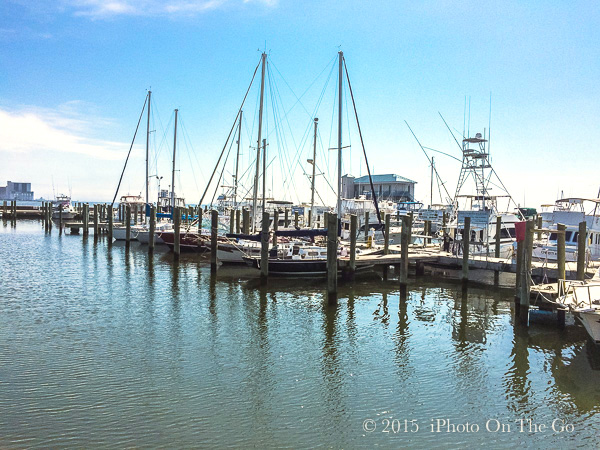
The Gulf Coast has some of the most impassioned and proud people that I’ve met in our travels. No matter what seems to come their way, the people of this region are strong–willed and determined to preserve their heritage, culture, and way of life, which includes one of the major industries that has supported this area for many generations, the fishing and shrimping industry that thrives from the waters off the Gulf Coast between Louisiana and Florida.
I recently traveled to New Orleans and the Mississippi Gulf Coast region with a group of writers on a Gulf Coast Seafood Tour to learn first-hand about the efforts of the community, local fisherman and shrimpers, seafood processors, and several state agencies to spread the word about this beautiful part of the country and remind people to support the Gulf Coast, especially when purchasing seafood.
An astounding amount of shrimp consumed in this country, 90% of it, is farm-raised and imported, primarily from Asian countries. As you know, I am a huge supporter of local foods and seafood and will only purchase wild-caught and sustainable fish. When I purchase shrimp, I buy either Gulf shrimp or shrimp caught off the coast of Georgia or South Carolina. There is no comparison in taste or texture of wild-caught and local shrimp (Wild American Shrimp) versus farm-raised. Shrimp that is sourced from these waters feeds on natural substances and tastes like the ocean; the texture firmer and the shrimp less gritty. Farm-raised shrimp has a very different taste and texture. You can read more about farm-raised shrimp here.
In the last four years, I have been to the Gulf coast region three times. Each time I return, I am impressed at the new developments and growth in the area and the tenacity of the people to revive their communities. The first time my husband and I drove along the Mississippi coast headed toward New Orleans (our first trip after Katrina and the oil spill), we were broken-hearted at the devastation. The memory of the drive around the 4th Ward in New Orleans has remained with me since that day, but as we heard from both Ralph Brennan and John Besh in separate interviews on two prior trips, people in this region don’t look back, they look forward and they come back better and stronger than ever before.
On this recent trip, as our group listened to the young tour guide take us through the history of shrimping and fishing at the Maritime & Seafood Industry Museum in Biloxi, I could hear the emotion in her voice. This wasn’t just a job; she was talking about generations of her family who lived and worked here. They relied on good fishing seasons and the bounty of the sea and their hard labor to provide for their families. She grew up along these coastal waters and has never left. At one point, fishing and shrimping were the only industries in the Biloxi area and everyone worked either on the boats, or in the processing facilities, or they sold seafood. There was no other way to make a living. While new businesses have emerged and tourism has grown in this region, chances are her children and their children will continue that legacy of living off the Gulf waters, at least in some capacity.
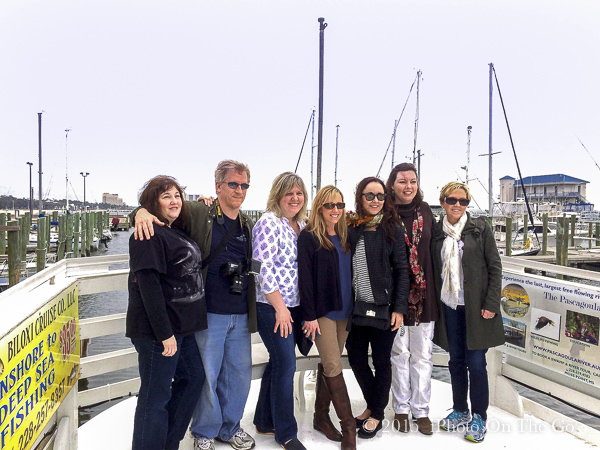
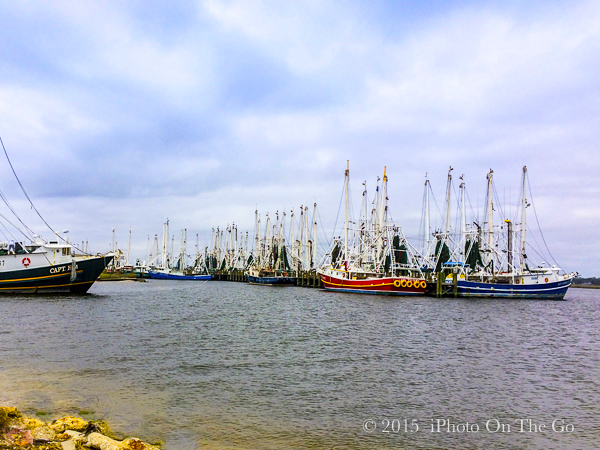
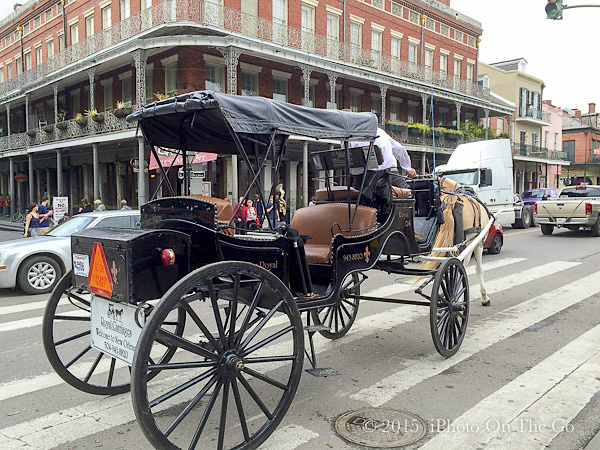

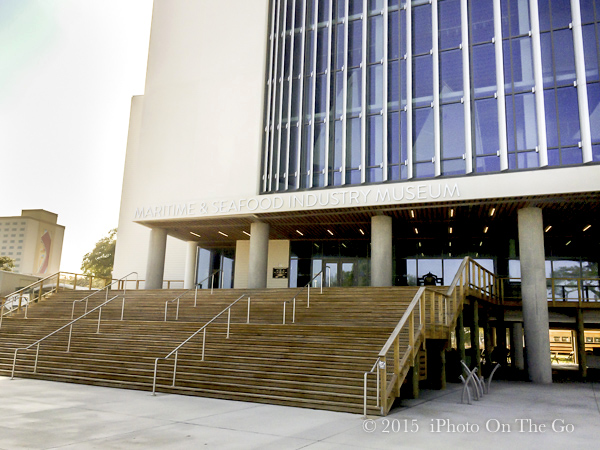
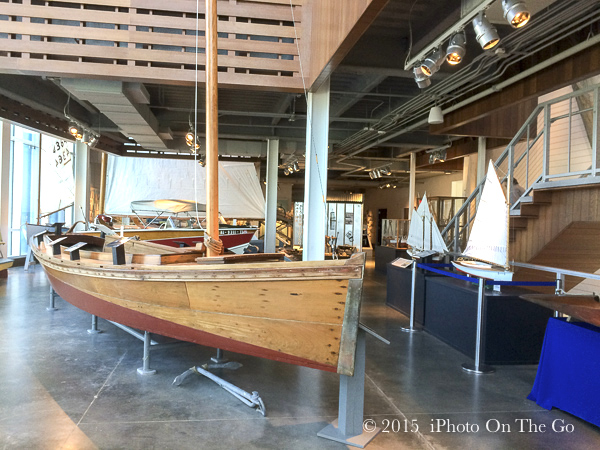
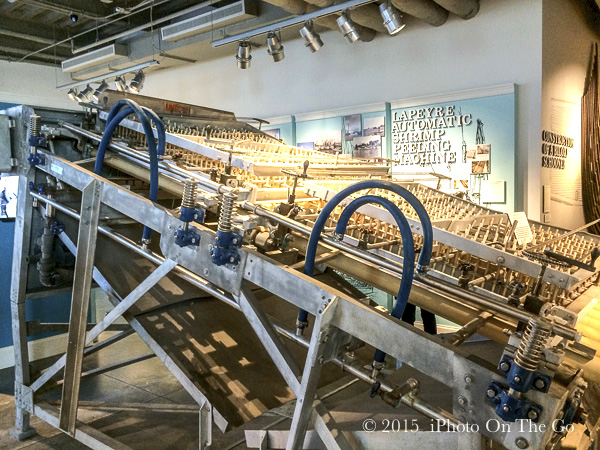
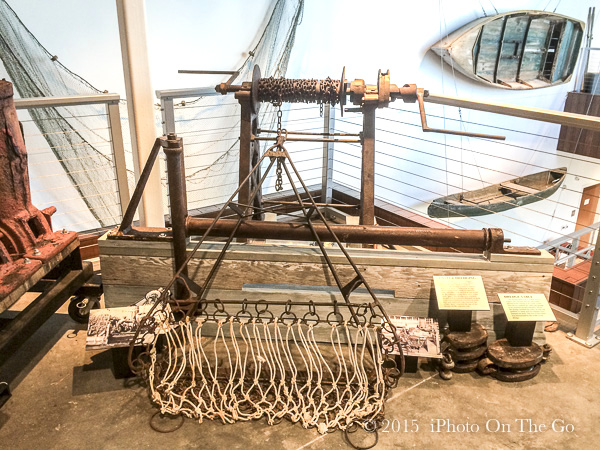

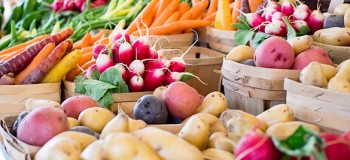
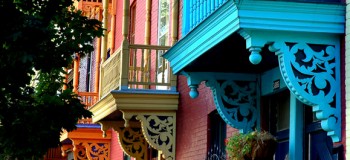
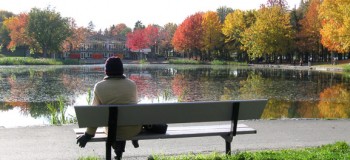



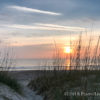


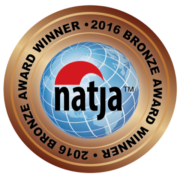





Such an informative article Gwen. No more imported shrimp for our family! Only local will do.
Hi Ronnie,
I’m glad you enjoyed the article. We stopped eating farm-raised shrimp years ago. I won’t even eat it when we’re out unless we know it’s local and from the U.S. It really brings it all home when you visit the region where it’s harvested and see how important it is to the survival of the communities, not just that farm-raised shrimp is less desirable to eat.
Gwen
It was a pleasure having you all join us and share in our love of (local) seafood. Hope to have you all back.
Hi Chef,
Thank you for your comment. We really enjoyed our visit and tour and of course, dinner at Cora’s. There’s nothing better than local fresh fish and seafood caught just hours before. We hope to see you again sometime soon!
Gwen
Thank you for visiting with us and for sharing your experience with the world. Hope we will be in your future travel plans, there is still so much more to see!
Hi Karen,
It was a pleasure to share what we saw and learned during our tour and of course, all the great seafood and food from the region speaks for itself. I look forward to seeing more of Louisiana in the near future!
Gwen